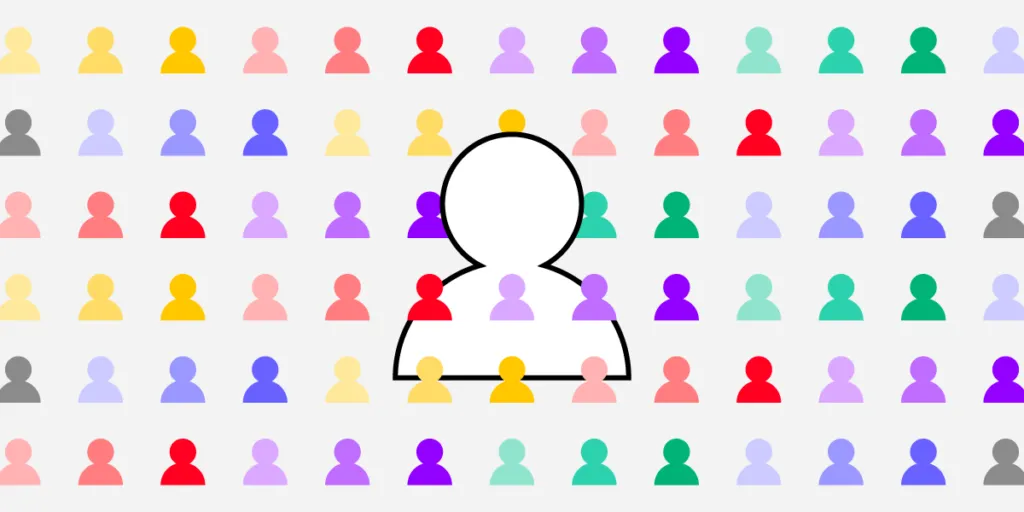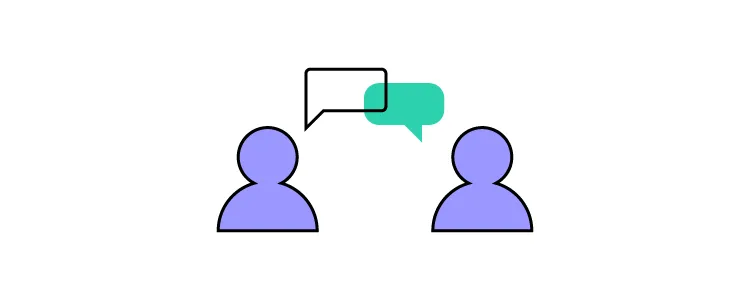Transitioning from a Product Designer Role into DesignOps

DesignOps is a fast-emerging and exciting UX discipline born from the success of DevOps for engineers. There are loads of opportunities to enter DesignOps as a leader or program manager at some of the world’s largest organizations.
This article will give you an introduction to the role of a DesignOps leader, the skills required, and how to land your first job.
As a DesignOps leader, it’s your job to find tools to streamline UX workflows. Discover the world’s most advanced collaborative design tool. Scale DesignOps with UXPin’s Merge technology. Request access to Merge.
What is a DesignOps leader?
The primary objective of DesignOps is to streamline processes and remove obstacles and distractions so that designers can focus on design.
A DesignOps leader works closely with a design leader to implement the systems and processes for the organization to achieve its design goals. This inward-looking role focuses on team performance and optimizing the end-to-end design process.
In Measuring DesignOps Impact, Patrizia Bertini, Associate Design Operations Director at Babylon, summarizes the roles of a design leader vs. DesignOps leader as follows:
DesignOps Leader:
Inward looking and process-oriented
- Mission: the How / the performance
- Focus: End-to-end design process & teams
- KPIs: Team health, spending, & performance metrics
- Deliverables: Operations roadmap & strategy
- Skills: Change management
Design Leader:
Outward looking and product-oriented
- Mission: the What / the product
- Focus: Product/service vision & individuals
- KPIs: Product & experience metrics
- Deliverables: Product roadmap & design strategy
- Skills: Influence & negotiate
What is a DesignOps Leader’s Responsibility?

In DesignOps – How to Improve Your Design Workflow and Operations, we go into great detail about the DesignOps role. Here are some key roles and responsibilities of a DesignOps leader:
- Operations management: Creating an operations roadmap with long-term goals and identifying the training required to achieve milestones and objectives.
- Process design: Creating the systems, processes, and tools teams need to complete their work, including frameworks for collaboration across the organization.
- Project management: Managing UX workflows, assigning tasks, setting deadlines, and removing bottlenecks. The DesignOps leader also organizes and facilitates design sprints.
- Communication strategy: DesignOps leaders ensure design teams communicate effectively among themselves and across the organization. They also create systems for storing and sharing data to be accessible to everyone.
- Onboarding: Hiring new employees and providing the orientation and training to ensure they integrate with the team. Read our eBook on the topic of managing the team: DesignOps: How We Work Together
- Culture: Organizing team-building activities to instill company culture and individual development.
- Budgeting: A DesignOps leader must outline the design team’s operational expenses with justification for costs. They’re also in charge of assigning budgets and managing design operations’ cash flow.
- Legal: Working with the legal team to create legal documentation like NDAs for usability participants.
- Design procurement: Managing all purchasing decisions with the financial department.
- IT & security: Working with the IT department to ensure compatibility and security of design tools.
DesignOps Skill Set
Change management is one of the core skills of a DesignOps manager or leader. They often introduce teams to new tools, processes, and workflows. As Patrizia Bertini puts it in Measuring DesignOps Impact, “DesignOps changes the existing reality to bring more value. It’s a very transformative discipline.”
DesignOps leaders have excellent project management skills, capable of leading teams towards a shared path and goals. Understanding design processes, software, and technology is vital for DesignOps leaders to manage team members effectively.
A DesignOps leader is an excellent communicator and collaborator. They must be capable of engaging with everyone from an entry-level UX designer to C-level management and stakeholders. They must also be confident public speakers to host workshops, design sprints, and other presentations.
DesignOps also requires excellent business acumen to manage budgets, communicate with stakeholders (HR, technical, finance, legal, IT, etc.), and develop strategies that align with the organization’s long-term business goals.
What Companies Have DesignOps Teams?
You’ll typically find DesignOps teams in large organizations where bureaucracy, silos, and other inefficiencies impede the design process. But any company can apply the DesignOps mindset without a dedicated team or leader.

Chapter one of DesignOps 101: Guide to Design Operations explores the DesignOps mindset teams can apply with or without a leader. The Nielsen Norman Group defines DesignOps in three primary areas:
- How we work together: Organize teams, collaborate, and humanize environments and gatherings for more efficient work.
- How we get work done: Standardize processes, harmonize a shared understanding of design intelligence, and prioritize projects.
- How our work creates impact: Measure work to create accountability, socialize as a tool to educate others on the value of design, and enable the use of design thinking and related activities.
Find out more about the DesignOps mindset here and read Airbnb’s article on the topic “How we manage effective design at scale.”
For insights on how DesignOps works in a large organization, we recommend reading Dave Cunningham’s article documenting his first six months as a DesignOps manager at Co-op Digital in the United Kingdom.
What is the Skills Matrix?
A skills matrix visualizes a team’s skills and competency to pair the right members for a given project. DesignOps leaders will use a skills matrix for three primary purposes:
- Design skills pairing for projects
- Identify skills gaps and arrange relevant training
- Sourcing and hiring talent with a specific skill set to complement the team
You can learn more about the skills matrix and a step-by-step process for creating one here.
Where to Look for a DesignOps Job?

The first place to start is within your current job. In chapter five of DesignOps 101: Guide to Design Operations, we outline How to get started with DesignOps in Your Company so you can pitch the idea to management and stakeholders.
You can also find DesignOps jobs on all the popular job boards, including:
- Indeed
- Glassdoor
- LinkedIn Jobs
- ZipRecruiter
We recommend checking out DesignOps Assembly (DOA), founded by experts Elyse Hornbacher and Meredith Black. DOA helps people interested in DesignOps to learn and grow. They have chapters across the United States, South America, Australia, and Europe.
Solving DesignOps Challenges With UXPin Merge
By bridging the gap between design and development, UXPin Merge solves many DesignOps collaborative and workflow challenges. Merge allows you to create a single source of truth by syncing a component library or design system from a repository to UXPin’s design editor.
With Merge, DesignOps leaders don’t have to worry about syncing design systems for designers and developers or managing multiple tools for storage, communication, collaboration, and documentation. Everything is in one place for the entire team to access at all times.
Discover how UXPin Merge can optimize your UX workflows and enhance collaboration between design and development.

